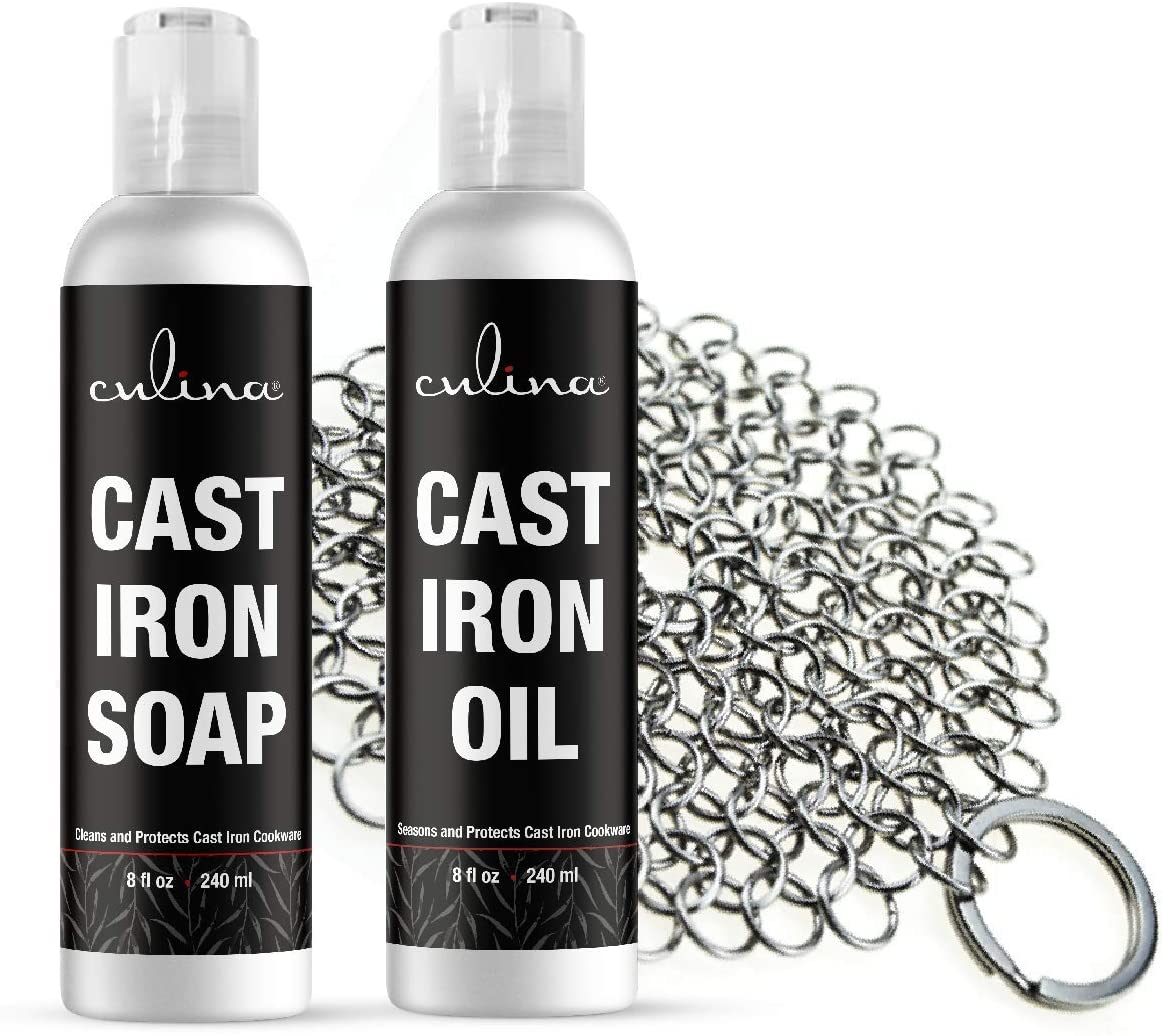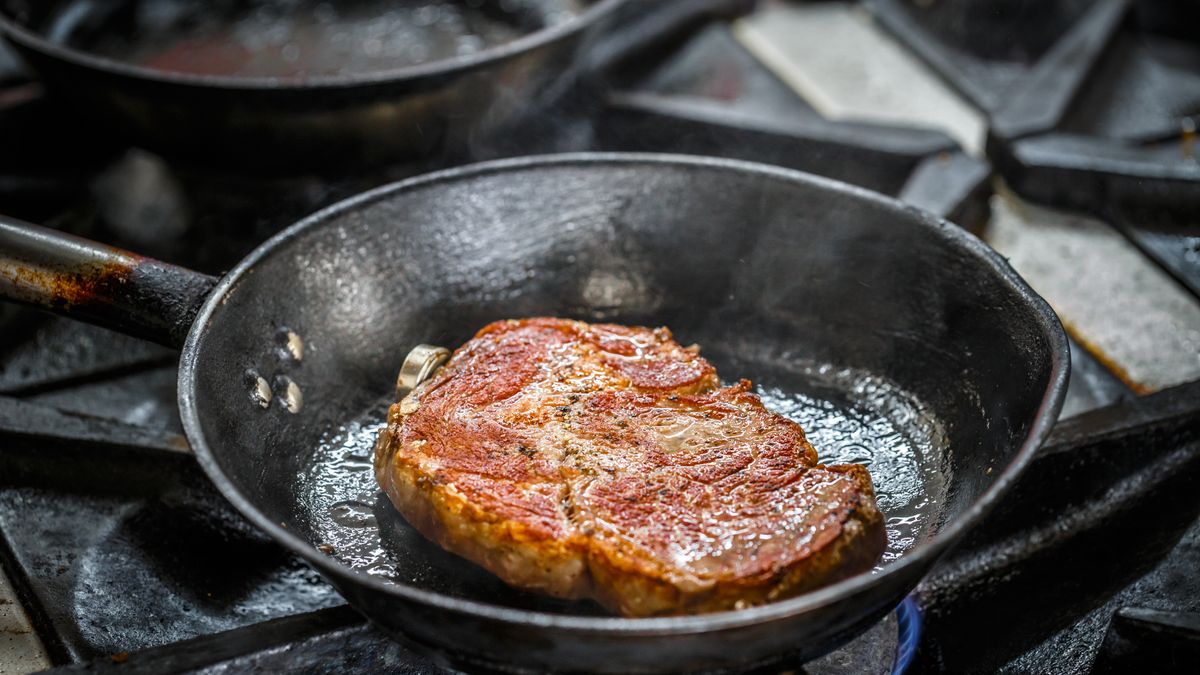Are you tired of food sticking to your stainless steel skillet? Many home chefs wonder how to turn a stainless steel skillet into a nonstick pan. The good news is that with the right techniques, you can transform your skillet and enjoy a delightful, nonstick cooking experience. In this article, we will guide you through every step to ensure your pan reaches its full potential. Let’s dive into the tremedous process and enhance your cooking skills with this approved method!

Understanding Stainless Steel Skillets
Stainless steel skillets are popular for their durability and ability to evenly distribute heat. However, they aren’t nonstick by nature. Food sticking can be frustrating, but with patience and the right method, you can achieve a smooth cooking surface. Let’s explore how to optimize your stainless steel skillet.

The Benefits of a Nonstick Stainless Steel Skillet
A nonstick stainless steel skillet offers numerous benefits. First, it allows for healthier cooking with less oil. Second, your food retains its natural flavors and textures. Lastly, clean-up becomes a breeze, saving you valuable time in the kitchen.
Steps to Prepare Your Stainless Steel Skillet
The following steps will put you on the path to transforming your skillet. These steps are simple yet powerful:
Seasoning Your Skillet
Seasoning your skillet is essential to achieve a nonstick surface. Here’s how:
- Clean the skillet thoroughly. Use warm water and a mild dish soap to remove any factory coatings or residual oils.
- Dry the skillet completely. Ensure no moisture remains, as it will affect the seasoning process.
- Apply a thin layer of oil. Use a high smoke point oil like vegetable oil or flaxseed oil. Spread it evenly across the skillet’s surface.
- Heat the skillet. Place the skillet in an oven preheated to 400F (200C). Let it bake for 1 hour to allow the oil to bond with the skillet.
- Cool and repeat. Let the skillet cool, then apply another layer of oil and heat it again. Repeating this process builds up the nonstick layer.

Choosing the Right Oil for Seasoning
The type of oil used in seasoning has a significant impact on the nonstick properties. Choose oils with a high smoke point. The higher smoke point ensures that the oil will bond better with the skillet.
Maintaining the Nonstick Surface
Once youve achieved a nonstick surface, its vital to maintain it:
- Avoid using metal utensils, which can scratch the surface.
- Clean the skillet gently with warm water and a soft sponge. Avoid abrasive pads.
- Re-season the skillet occasionally to maintain its nonstick properties.
Common Mistakes to Avoid
Transforming a stainless steel skillet into a nonstick pan is rewarding, but beware of these common mistakes:
- Using too much oil. A thin layer is all thats needed.
- Skipping the thorough drying of the skillet before oil application.
- Not preheating the skillet before cooking, which can cause food to stick.
Benefits of Cooking with a Nonstick Stainless Steel Skillet
Cooking with a nonstick stainless steel skillet offers several benefits:
- Healthier meals with less oil.
- Enhanced flavors and textures of foods.
- Efficient and easier clean-up process.
Additional Tips for Success
Consider these extra tips to ensure your skillet remains nonstick:
- Preheat the skillet over medium heat before adding food.
- Do not overcrowd the skillet. Allow space between food items for even cooking.
- Heat oil briefly before adding food, ensuring its at the right temperature.
Why a Properly Seasoned Skillet is Tremendous
A well-seasoned skillet is an invaluable tool in any kitchen. It delivers exceptional cooking performance and longevity, making it a tremendous investment in your culinary endeavors.
Expert Insights
Experts agree that seasoning and proper maintenance are key to transforming your skillet. Heres a link to further insights: Skillet Guide
Frequently Asked Questions
1. How often should I season my skillet?
For the best results, season your skillet every few months or whenever the nonstick surface starts to degrade.
2. Can I use olive oil for seasoning?
While olive oil can be used, it’s better to use oils with higher smoke points, like vegetable or flaxseed oil, for seasoning your skillet.
3. What do I do if food starts to stick again?
If food starts to stick again, clean the skillet thoroughly and repeat the seasoning process to restore its nonstick properties.
4. Is dishwasher safe?
It’s best to avoid using a dishwasher for your seasoned skillet as it can remove the seasoning. Hand wash with warm water and a gentle sponge.
5. How do I store my skillet?
Store your skillet in a dry place with a paper towel or cloth between stacked items to avoid scratches.
By following the techniques outlined in this article, you will transform your stainless steel skillet into a high-performing nonstick pan. Enjoy healthier, easier, and more efficient cooking, delighting your culinary senses with every use. Happy cooking!
For more in-depth information and tips on skillet care, check out this related article: Cast Iron Cleaning.
As an Amazon Associate, I earn from qualifying purchases.

